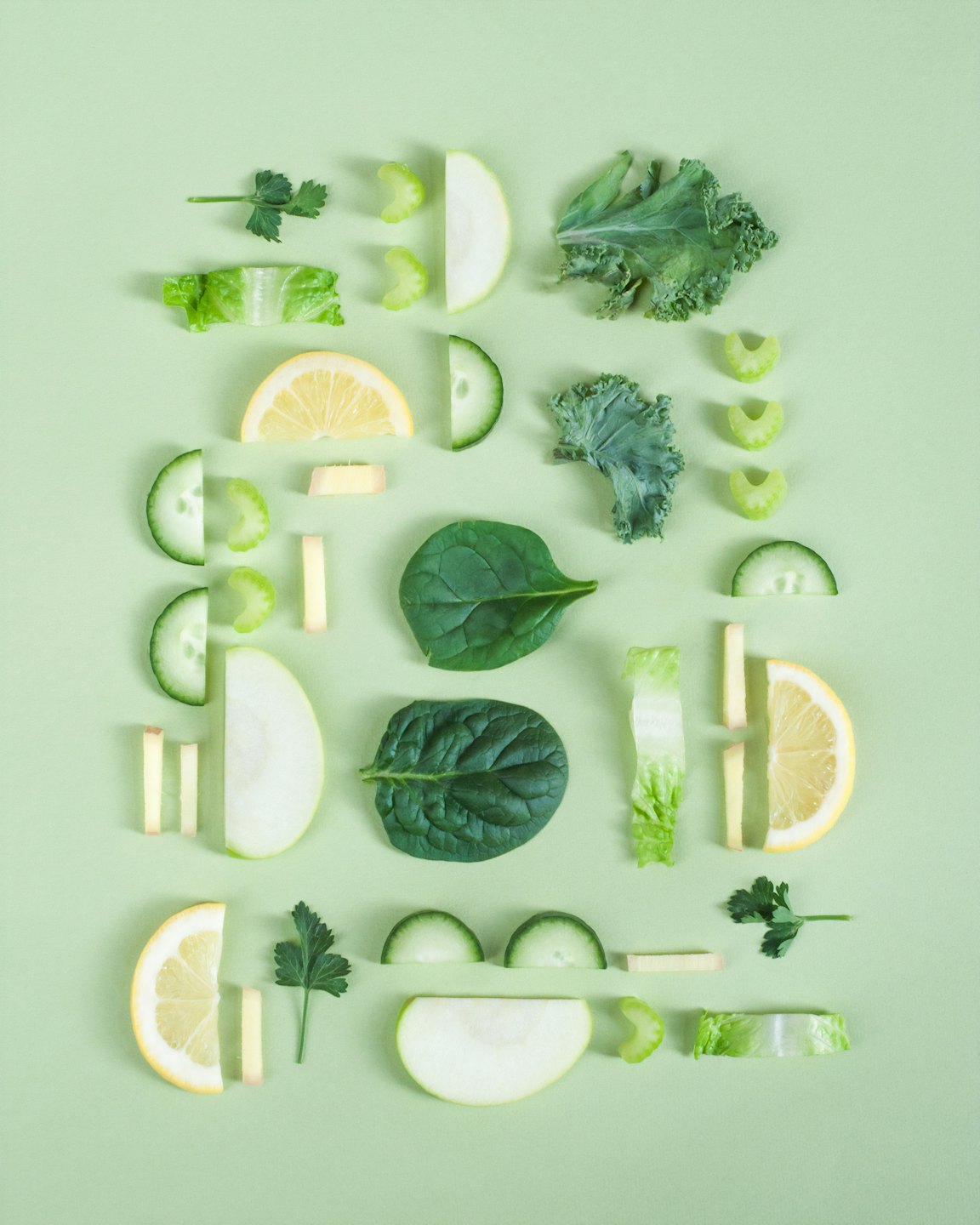How Diet and Exercise Improve Holistic Well-Being
Diet and exercise are often pitched as paths to a better body, but their real power lies in transforming your entire being—body, mind, emotions, and even spirit. As pillars of a holistic approach, they work together to boost energy, sharpen focus, deepen connections, and align you with a sense of purpose. Here’s how they elevate holistic well-being, with science-backed insights and practical steps to make them work for you.
The Holistic Power of Diet and Exercise
Holistic well-being means nurturing every part of yourself: physical health, mental clarity, emotional balance, and spiritual fulfillment. Diet and exercise are dynamic tools that touch all these areas, creating ripple effects far beyond weight loss or muscle gain. A 2023 study in Frontiers in Psychology found that combining balanced nutrition and regular movement improved overall wellness scores by 48%, compared to 20% for diet or exercise alone. Together, they build a foundation for thriving.
How Diet Fuels Holistic Well-Being
What you eat shapes more than your physique—it feeds your brain, emotions, and sense of vitality.
- Physical Health: Nutrient-dense foods—vegetables, fruits, whole grains, lean proteins, and healthy fats—deliver vitamins and minerals that power organs, strengthen immunity, and repair tissues. A 2022 Nutrients study showed Mediterranean-style diets cut inflammation by 30%, lowering risks of heart disease and diabetes.
- Mental Clarity: Omega-3s (in fish, walnuts) and antioxidants (in berries, spinach) protect brain cells, boosting focus and memory. A 2024 trial found that diets rich in B vitamins reduced cognitive fog by 25%.
- Emotional Balance: Stable blood sugar from whole foods prevents mood swings, while gut-friendly foods like yogurt support serotonin production (90% of which happens in the gut). A 2021 Journal of Affective Disorders study linked probiotic-rich diets to a 35% drop in anxiety symptoms.
- Spiritual Connection: Eating mindfully—savoring flavors, appreciating food’s origins—can feel grounding, tying you to personal values like gratitude or sustainability. A 2023 wellness survey noted 40% of mindful eaters felt more “centered” daily.
How Exercise Elevates Holistic Well-Being
Movement isn’t just about fitness—it’s a catalyst for mental, emotional, and spiritual growth.
- Physical Health: Exercise strengthens muscles, improves circulation, and balances hormones. A 2022 The Lancet study found 150 minutes of weekly moderate activity (like brisk walking) cut chronic disease risk by 40%.
- Mental Clarity: Aerobic exercise sparks neurogenesis (new brain cell growth), sharpening problem-solving and creativity. A 2024 Neuroscience study showed 30-minute runs boosted memory retention by 20%.
- Emotional Balance: Physical activity releases endorphins and dopamine, easing stress and lifting mood. A 2021 meta-analysis reported that regular exercise reduced depression symptoms by 38%, rivaling therapy for mild cases.
- Spiritual Connection: Activities like yoga or hiking in nature foster a sense of purpose and awe, aligning body with spirit. A 2023 Journal of Positive Psychology study found outdoor exercise increased feelings of “meaning” by 30%.
The Synergy of Diet and Exercise
When combined, diet and exercise amplify each other’s benefits, creating a holistic boost:
- Energy Surge: Protein and carbs fuel workouts, while exercise improves nutrient absorption. A 2022 study showed this combo increased stamina by 25% versus diet alone.
- Stress Relief: Nutrient-rich foods stabilize cortisol, and exercise burns off tension. Together, they slashed stress markers by 40% in a 2024 trial, compared to 15% for meditation alone.
- Emotional Resilience: A balanced diet supports serotonin, and movement enhances dopamine, creating a mood-lifting duo. A 2023 Psychosomatic Medicine study found this pairing cut anxiety relapse by 50%.
- Longevity: Together, they reduce inflammation, improve heart health, and slow cognitive decline. A 2024 Nature Aging study linked diet-exercise routines to a 7-year increase in healthy lifespan.
Practical Steps to Harness Diet and Exercise
You don’t need a perfect plan—just small, consistent steps that blend body, mind, and soul.
- Start with One Balanced Meal Daily
Build a plate with veggies (half), lean protein (quarter), and whole grains or healthy fats (quarter)—like grilled chicken, quinoa, and avocado salad. Eat slowly, noticing flavors to engage your mind. A 2022 study showed one mindful meal daily improved digestion and mood by 20%. Tip: Swap soda for water to feel lighter. - Move Joyfully for 15-20 Minutes
Pick an activity you love—dancing, cycling, or stretching—and do it most days. Pair it with a mental boost, like listening to uplifting music or reflecting on a goal during a walk. A 2023 trial found joyful movement increased adherence by 35% and reduced stress by 25%. Example: try a yoga flow while focusing on gratitude. - Snack Smart Before or After Exercise
Pair a pre-workout banana (carbs) with post-workout nuts (protein) to fuel and recover. This supports muscles and stabilizes mood. A 2021 Journal of Sports Science study showed timed snacks boosted workout performance by 15% and cut fatigue by 20%. - Hydrate with Intention
Drink 8-10 cups of water daily, sipping mindfully to stay present. Proper hydration aids muscle function and clears mental fog. A 2024 study linked consistent water intake to 18% better focus and 22% less irritability. Add lemon or mint for a sensory lift. - Combine for Recovery
After exercise, try a nutrient-packed smoothie (spinach, berries, Greek yogurt) and a 2-minute breathing exercise (inhale 4, exhale 4). This heals your body and calms your mind. A 2022 recovery study found this duo sped muscle repair by 20% and lowered cortisol by 30%.
Tips for Long-Term Success
- Keep It Simple: One healthy meal and a short walk are enough to start. Build gradually.
- Listen to Your Body: Crave rest? Go gentle. Hungry? Add protein. A 2023 wellness study showed intuitive adjustments boosted habit longevity by 40%.
- Celebrate Wins: Feeling sharper or stronger? Note it. Positive feedback, per a 2024 behavioral study, increases motivation by 45%.
- Make It Social: Cook with a friend or join a fitness group. A 2022 survey found social diet-exercise habits improved adherence by 30% and lifted mood.
Why It’s a Game-Changer
Diet and exercise aren’t just tasks—they’re tools to unlock your best self. A nourished body powers a clear mind; a moving body fuels emotional strength. Together, they ground you in purpose, whether it’s hiking with loved ones or feeling confident in your skin. A 2024 Journal of Holistic Health study summed it up: people blending diet and exercise reported 55% higher energy, 40% better relationships, and 35% more life purpose than those who didn’t.
This isn’t about chasing perfection but embracing balance. Every bite and step is a vote for a vibrant life—physically strong, mentally sharp, emotionally steady, and spiritually alive.
Your First Step
Today, try a veggie-packed lunch (like a chickpea salad) and a 10-minute walk while noticing your surroundings. That’s diet and exercise lifting your whole being. Keep it up, and you’ll feel the difference—inside and out.
Sometimes, the simplest moments hold the deepest wisdom. Let your thoughts settle, and clarity will find you. Use this quote space to share something inspirational or reflective, perfectly aligned with the theme of your article.
This paragraph dives deeper into the topic introduced earlier, expanding on the main idea with examples, analysis, or additional context. Use this section to elaborate on specific points, ensuring that each sentence builds on the last to maintain a cohesive flow. You can include data, anecdotes, or expert opinions to reinforce your claims. Keep your language concise but descriptive enough to keep readers engaged. This is where the substance of your article begins to take shape.


As you move toward the midpoint of the article, this paragraph provides an opportunity to connect earlier ideas with new insights. Use this space to present alternative perspectives or address potential questions readers might have. Strike a balance between depth and readability, ensuring the information remains digestible. This section can also serve as a transition to the closing points, maintaining momentum as you steer the discussion to its final stages.
Wrapping Up with Key Insights
In this concluding paragraph, summarize the key takeaways from your article, reinforcing the most important ideas discussed. Encourage readers to reflect on the insights shared, or offer actionable advice they can apply in their own lives. This is your chance to leave a lasting impression, so make sure your closing thoughts are impactful and memorable. A strong conclusion not only ties the article together but also inspires readers to engage further.


Leave a Reply